During the 1970s, Kawasaki transformed from a smaller Japanese manufacturer into a global performance leader. Known for building motorcycles that were faster, wilder, and often more affordable than their European and American rivals, Kawasaki earned a reputation that still influences the brand today. Their two stroke triples and four stroke fours defined the era, offering unmatched speed on the street and the drag strip. Here are 10 Kawasaki motorcycles from the 1970s that truly ruled the decade, now expanded with quarter mile times and the original showroom prices that made them so irresistible.
Kawasaki H1 Mach III 500
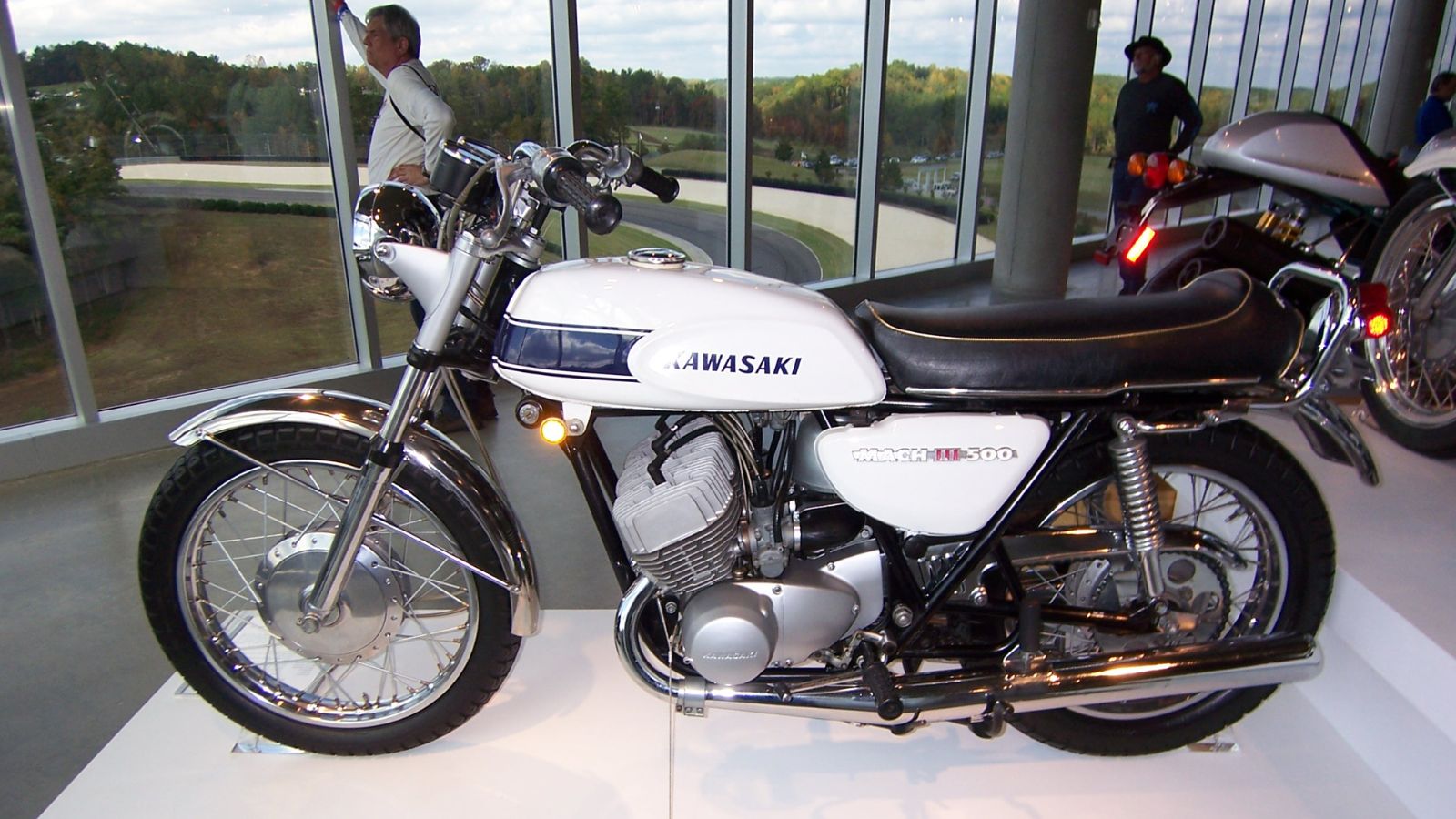
Launched in 1969 and continuing into the 1970s, the H1 Mach III stunned riders with a 498cc two stroke triple producing around 60 horsepower. Weighing just 384 pounds, it could blast through the quarter mile in about 12.8 seconds at 100 mph, an astonishing figure for its size. Its original price was roughly 999 dollars, making it far cheaper than big British twins or American V twins. The combination of affordability and sheer insanity gave it the nickname “Widowmaker.”
Kawasaki H2 Mach IV 750
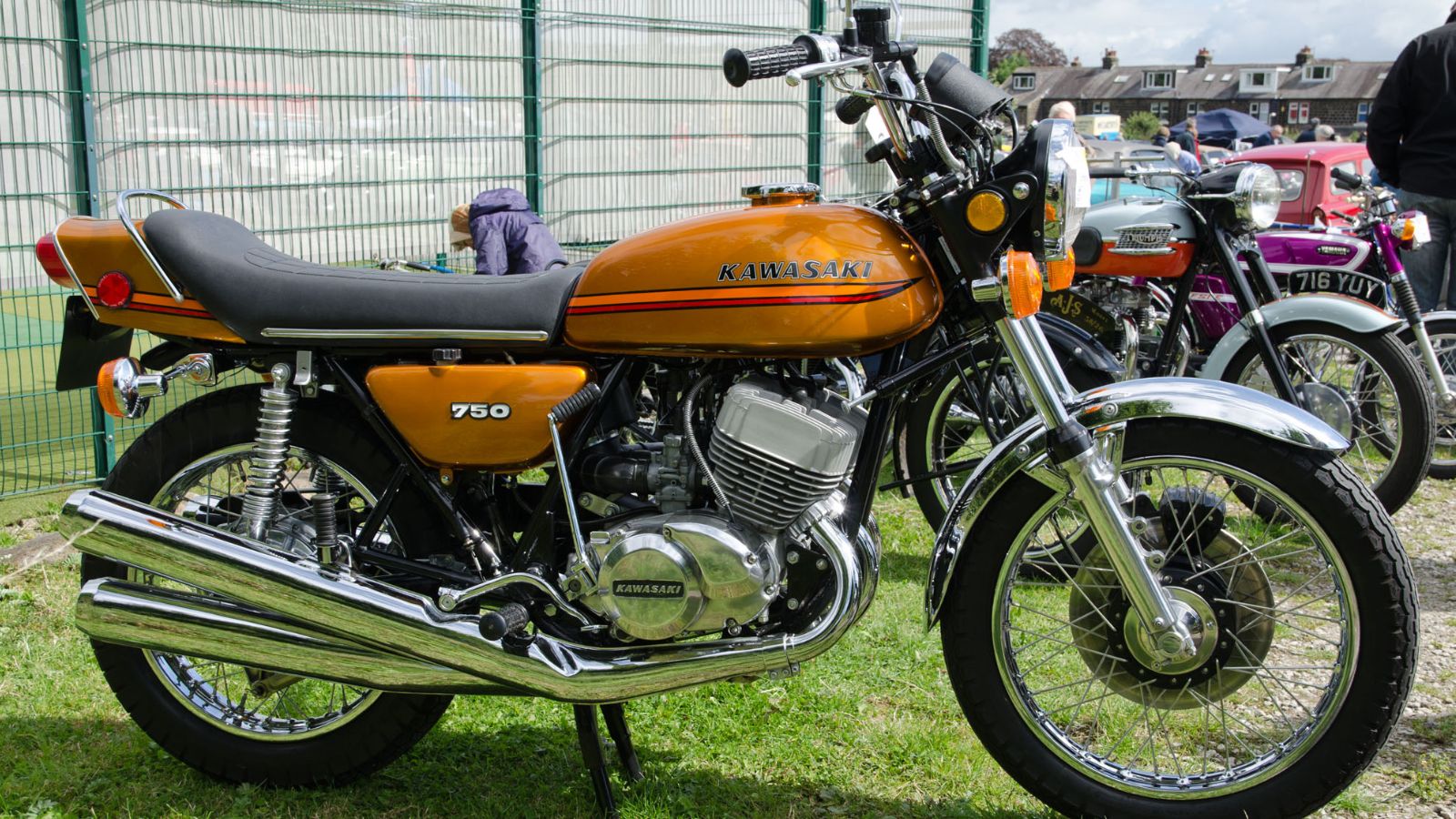
Introduced in 1972, the H2 Mach IV took the wild formula of the H1 and cranked it up. Its 748cc two stroke triple made 74 horsepower, and quarter mile runs were clocked at 12.0 seconds with trap speeds over 110 mph. That meant it could outrun many muscle cars of the day. At an original price of around 1,395 dollars, it was expensive for a bike but still half the cost of most sports cars with similar performance. Brutal acceleration and a reputation for wheelies made it one of the most iconic Kawasakis ever.
Kawasaki Z1 900

The Z1 900 was the crown jewel of Kawasaki’s lineup when it debuted in 1973. Its 903cc four stroke inline four produced 82 horsepower and pushed the big bike to a 12.2 second quarter mile at about 110 mph. At the time, it was the fastest production motorcycle in the world. With an original price of 1,895 dollars, it undercut many European superbikes while offering more speed and bulletproof reliability. The Z1 not only ruled the 1970s but set the template for every superbike that followed.
Kawasaki KH400
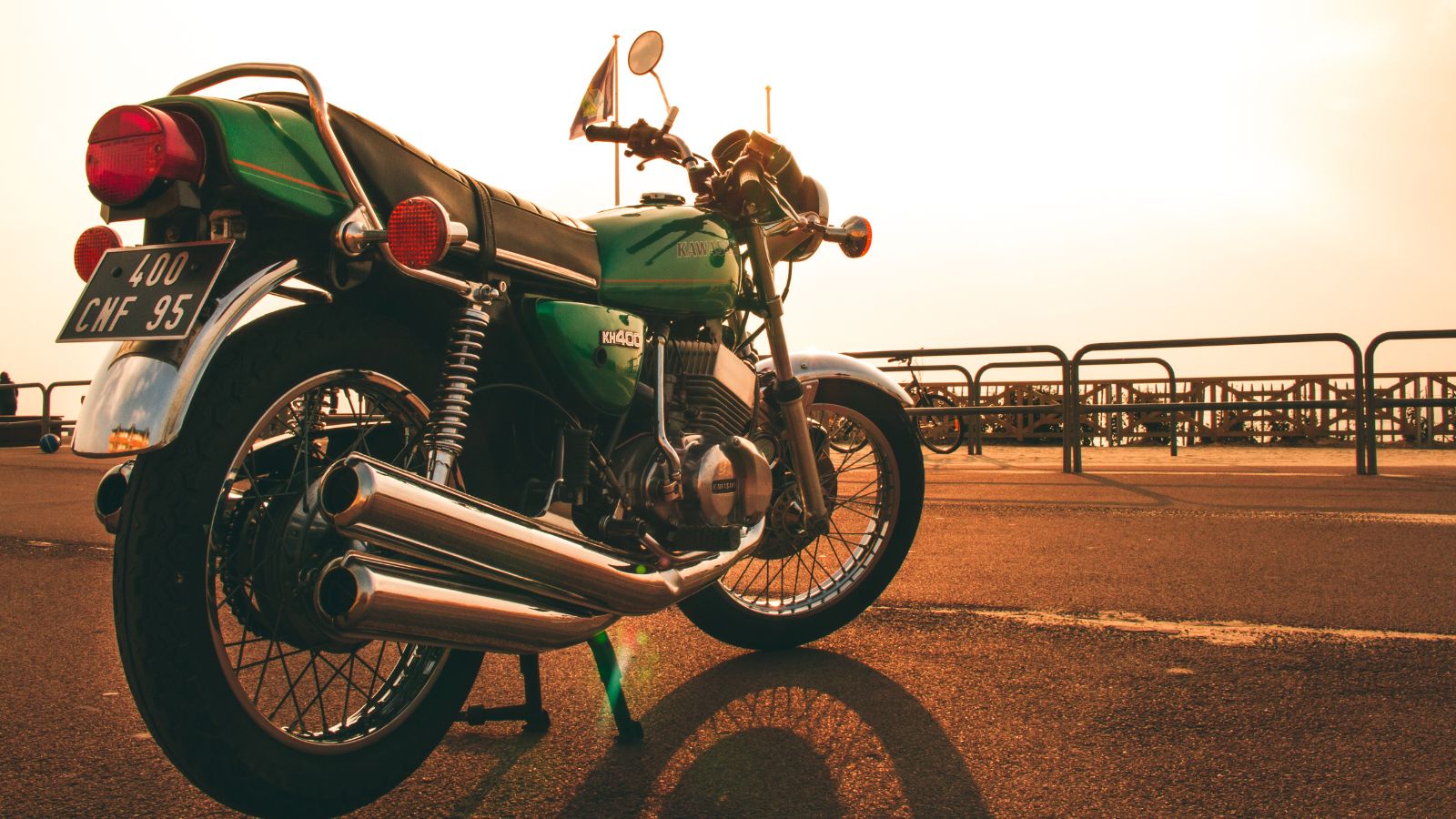
Replacing the earlier S3, the KH400 arrived mid decade with a 400cc two stroke triple producing about 38 horsepower. While tamer than the H1 or H2, it could still manage a quarter mile in 14.5 seconds at 90 mph, which was quick for a middleweight. With a price tag of roughly 1,100 dollars, it offered plenty of thrills without the bite of its bigger siblings, making it a popular choice for younger riders.
Kawasaki KZ650
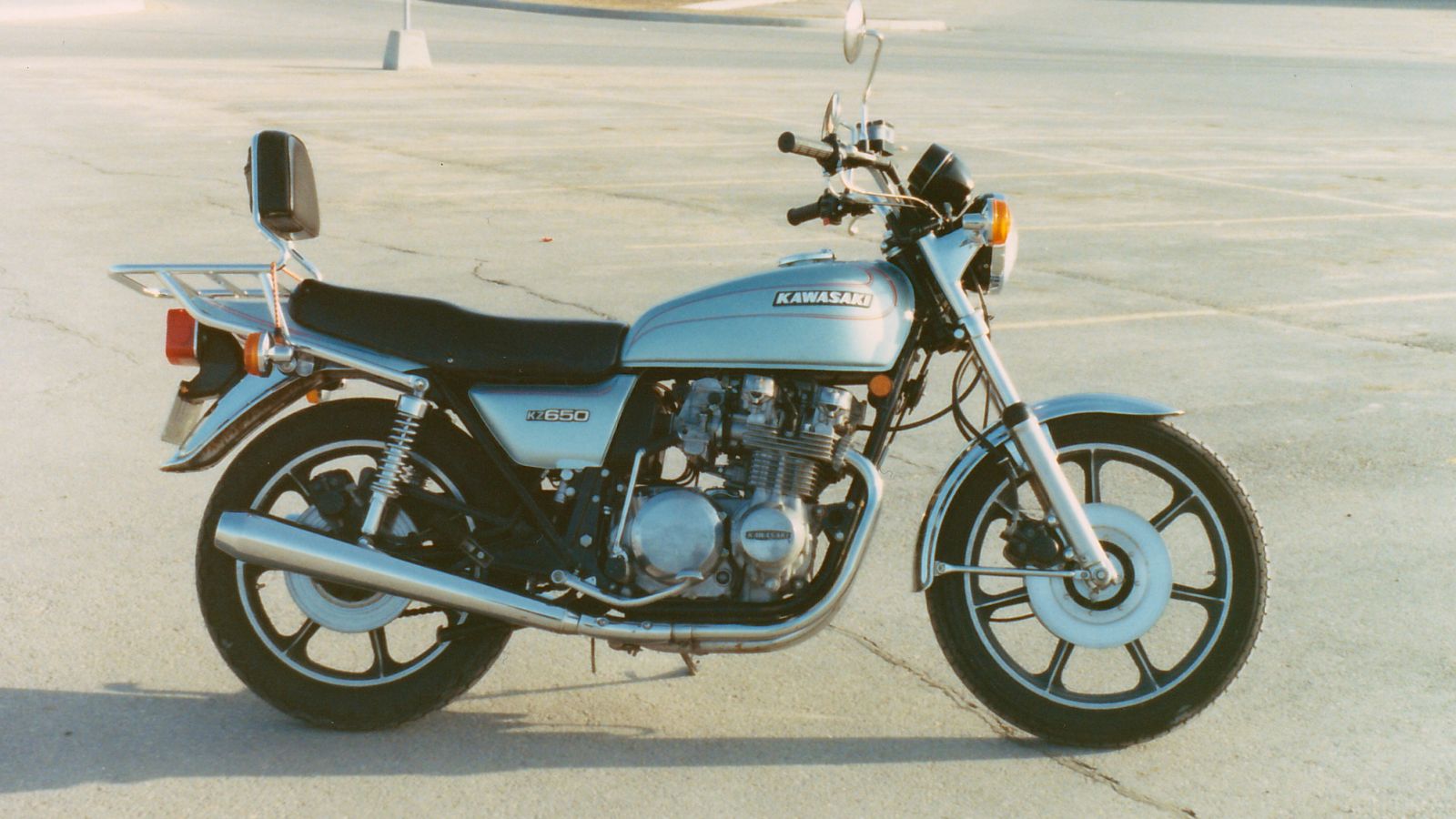
Nicknamed the “mini Z1,” the KZ650 launched in 1976 with a 652cc inline four producing 64 horsepower. Quarter mile performance was impressive, with tests showing 12.6 seconds at 102 mph. Original pricing was around 1,750 dollars, a bargain for a machine that combined agility, speed, and everyday practicality. Many considered it the perfect balance between superbike performance and commuter reliability.
Kawasaki Z650 B

The Z650 B variant proved Kawasaki was serious about middleweight performance. With excellent handling and a top speed close to 120 mph, it matched its quarter mile times closely to the larger Z1 at about 12.5 seconds. It carried an original price of roughly 1,800 dollars, positioning it as a rider’s alternative to heavier and thirstier superbikes.
Kawasaki KZ1000
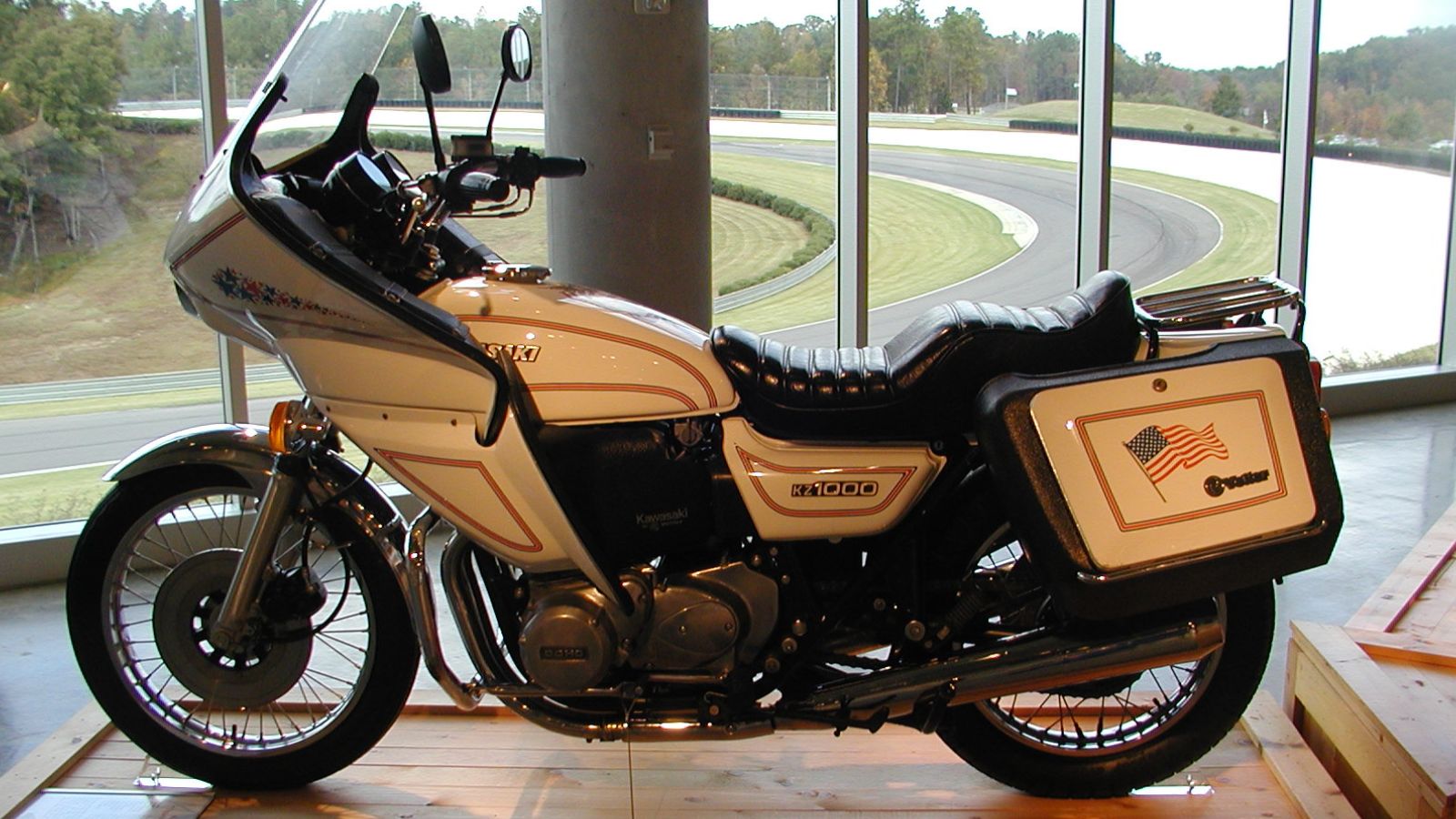
The KZ1000 replaced the Z1 in 1977 and pushed Kawasaki even further into performance dominance. Its 1,015cc four cylinder produced 90 horsepower and ran the quarter mile in just 11.8 seconds at 115 mph, making it one of the fastest street machines of the decade. Original prices ranged from 2,295 to 2,500 dollars depending on trim. Its speed made it a drag strip hero and a favorite for police departments across North America.
Kawasaki S2 350
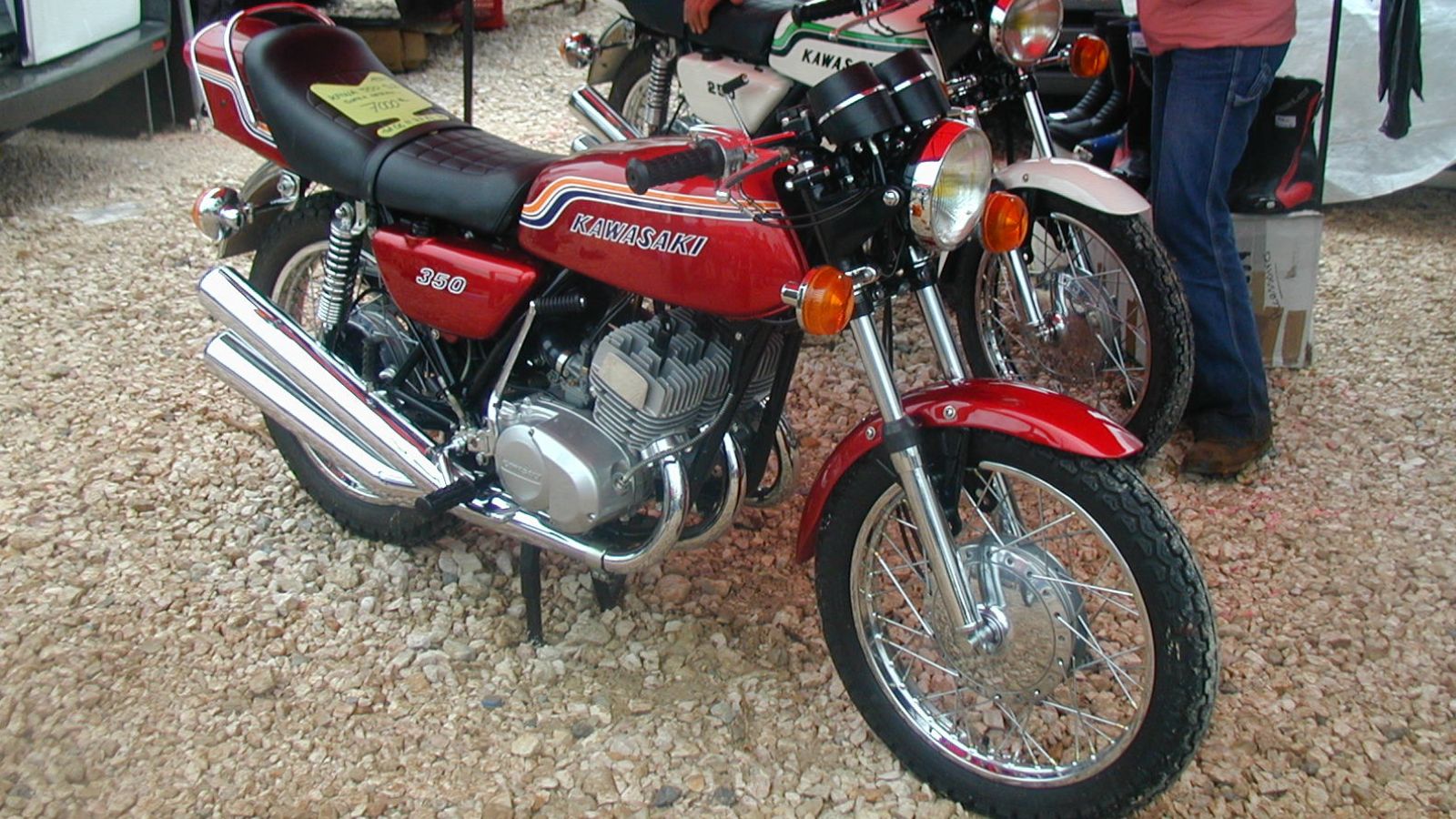
The S2 350 arrived in 1971 as a smaller entry into Kawasaki’s triple lineup. With 45 horsepower and a curb weight under 350 pounds, it could run the quarter mile in around 14.2 seconds at 88 mph. At a price of about 895 dollars, it was one of the most affordable performance bikes of the era. For many riders, it was their first taste of Kawasaki’s legendary two stroke madness.
Kawasaki KZ400
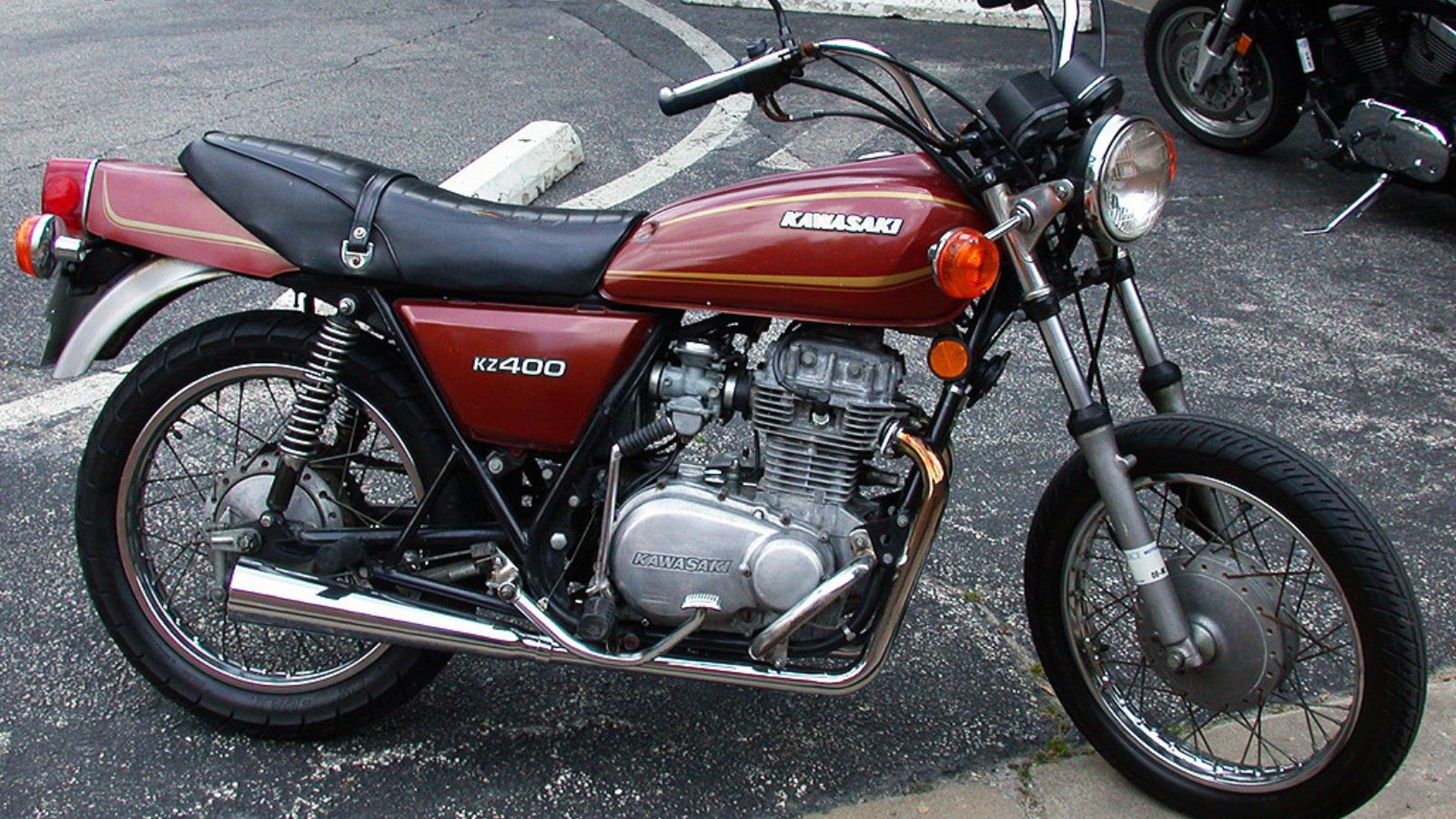
Introduced in 1974, the KZ400 was aimed at commuters and beginner riders, but it was still quicker than much of its competition. Its 398cc twin made 36 horsepower, good for quarter mile runs in the mid 15 second range. The price was a wallet friendly 995 dollars, making it one of the best value motorcycles on the market. It sold in huge numbers and helped Kawasaki win global recognition for reliability.
Kawasaki Z1R
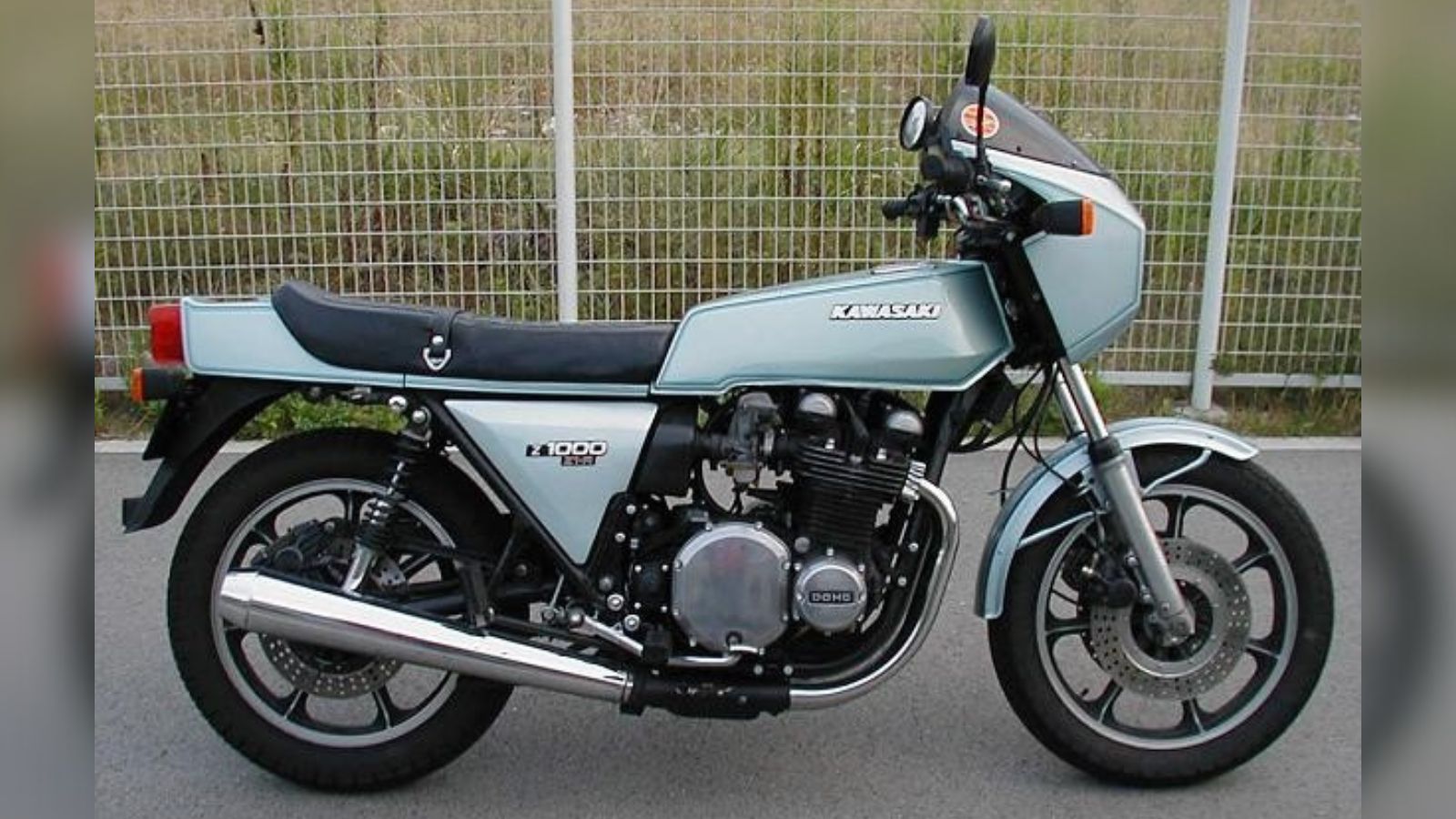
Released in 1978, the Z1R was the performance and styling evolution of the original Z1. With a 90 horsepower four cylinder and café racer fairing, it was one of the sharpest looking bikes of its time. It could clock a quarter mile in 12.0 seconds at 112 mph, keeping it competitive with the new superbike wave. Its price was about 3,295 dollars, making it one of Kawasaki’s most premium offerings of the 1970s. Collectors now view it as one of the defining sportbikes of the late decade.
25 Facts About Car Loans That Most Drivers Don’t Realize

Car loans are one of the most common ways people fund car purchases. Like any other kind of loan, car loans can have certain features that can be regarded as an advantage or a disadvantage to the borrower. Understanding all essential facts about car loans and how they work to ensure that you get the best deal for your financial situation is essential. Here are 25 shocking facts about car loans that most drivers don’t realize:
25 Facts About Car Loans That Most Drivers Don’t Realize
